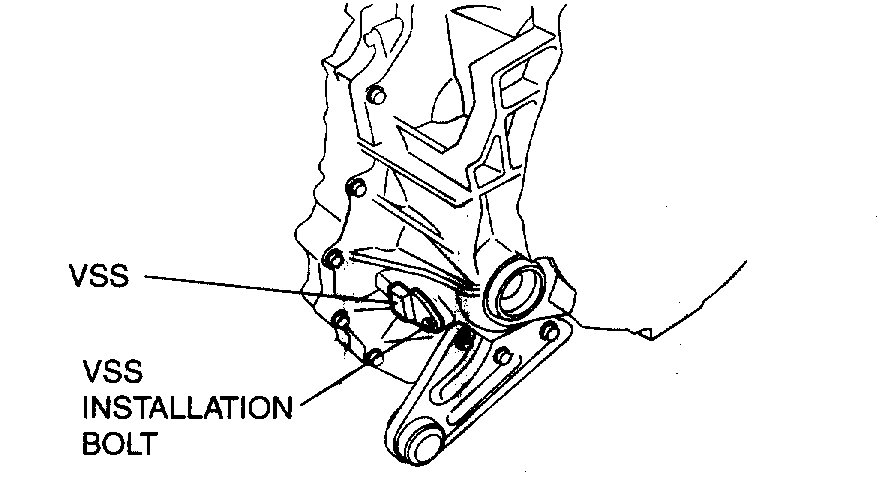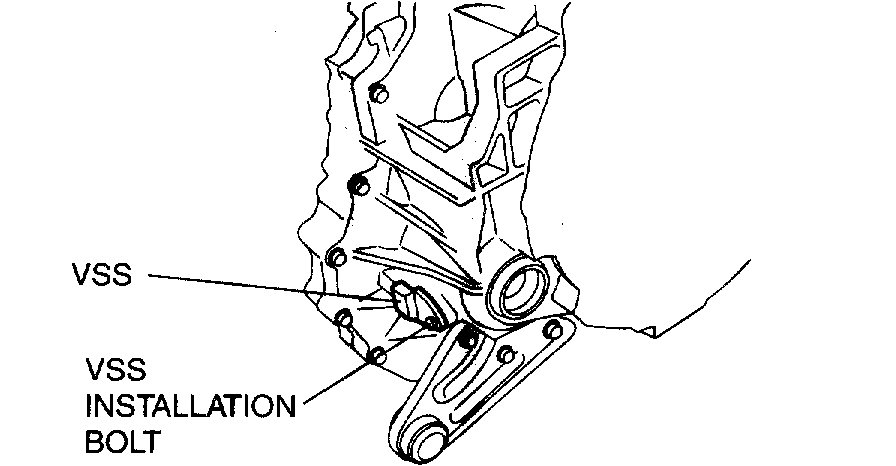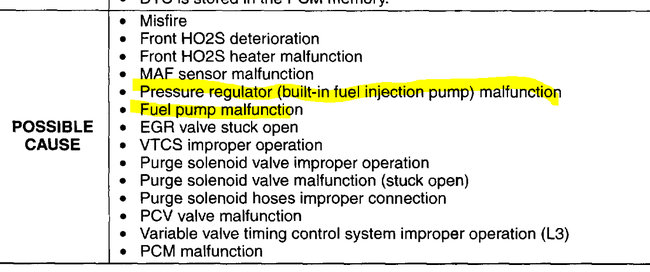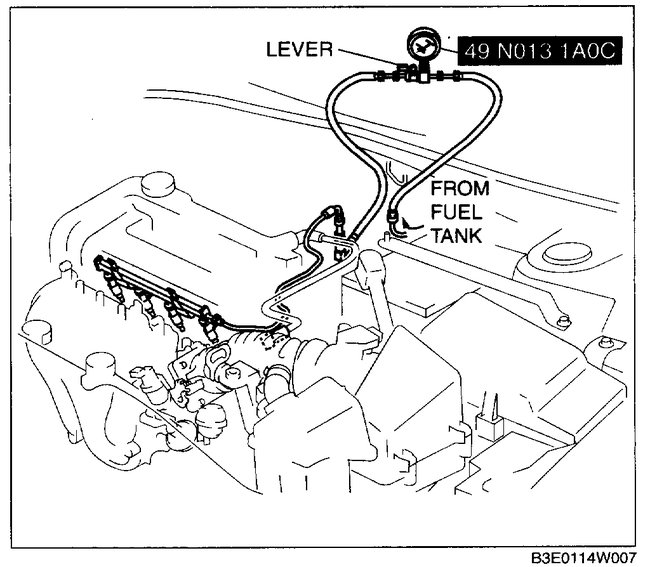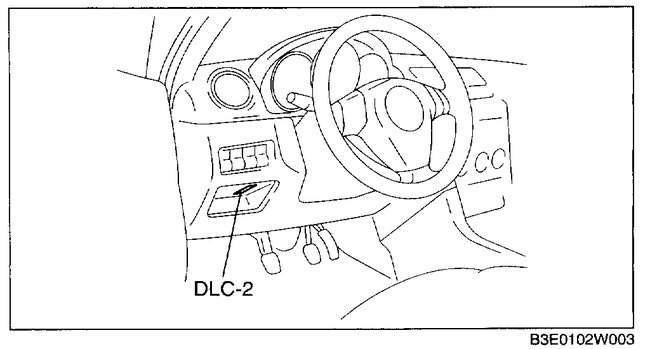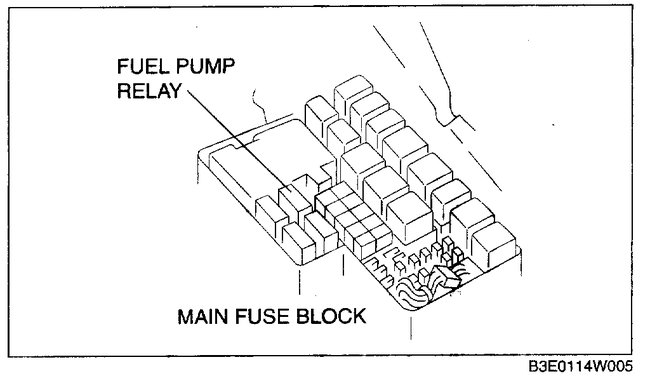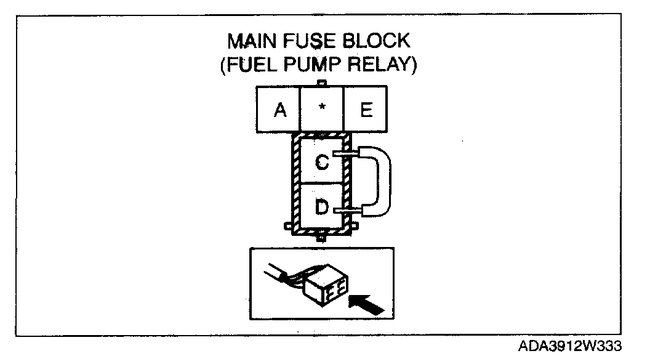Hi,
Most commonly, a rich fuel mixture is due to high fuel pressure. If the regulator isn't working properly, it can allow fuel to get higher in pressure than it should. If you look at pic 1, it shows the possible causes for the code you listed. I would start by testing fuel pressure.
Here is a link that explains how in general it is done:
https://www.2carpros.com/articles/how-to-check-fuel-system-pressure-and-regulator
Here are the directions and specifications specific to your vehicle for checking. The remaining pictures correlate with the directions.
__________________________________________________________
2005 Mazda 3 L4-2.0L
Fuel Pressure Test
Vehicle Powertrain Management Fuel Delivery and Air Induction Fuel Pump Fuel Pressure Testing and Inspection Component Tests and General Diagnostics Fuel Pressure Test
FUEL PRESSURE TEST
FUEL LINE PRESSURE INSPECTION
WARNING: Fuel line spills and leakage from the pressurized fuel system are dangerous. Fuel can ignite and cause serious injury or death and damage. To prevent this, complete the following inspection with the engine stopped.
1. Follow "BEFORE SERVICE PRECAUTION" before performing any work operations to prevent fuel from spilling from the fuel system.
2. Disconnect the negative battery cable.
3. Disconnect the quick release connector (in the engine compartment.
pic 2
4. Turn the lever of the SST parallel to the hose as shown in the figure.
5. Insert the SST quick release connector into the fuel pipe until a click is heard.
6. Verify that the quick release connector is firmly connected by pulling it by hand.
7. Start the fuel pump using the following procedure:
Using WDS or equivalent
pic 3
1. Connect the WDS or equivalent to the DLC-2.
2. Start the fuel pump using the "FP" simulation function.
Not using WDS or equivalent
pic 4
1. Remove the fuel pump relay.
CAUTION: Be careful to short the specified terminal as shorting the wrong terminal of the main fuse block may cause a malfunction.
pic 5
2. Using a jumper wire, short fuel pump relay terminals C and D and connect the negative battery cable to start the fuel pump.
8. Operate the fuel pump for 10 s.
9. Measure the fuel line pressure.
- If not within the specification, inspect the following:
If it less than the specification:
- Fuel pump unit
- Fuel line leakage
If it exceeds the specification:
- Pressure regulator
Fuel pressure (Reference)
350 - 410 kPa 3.57 - 4.18 kgf/sq.cm, 50.8 - 59.4 psi
10. Stop the fuel pump using the following procedure:
Using WDS or equivalent
1. Stop the fuel pump using the "FP" simulation function.
Not using WDS or equivalent
1. Disconnect the negative battery cable to stop the fuel pump.
11. Measure the fuel hold pressure after 5 min.
- If not within the specification, inspect the following:
- Fuel line for clogging or leakage
Fuel hold pressure (Reference)
250 kPa 2.55 kgf/sq.cm, 36.2 psi or more
12. Disconnect the SST.
13. Connect the quick release connector.
14. Inspect all related parts by performing "AFTER SERVICE PRECAUTION".
___________________________
Let me know if this helps or if you have other questions.
Take care,
Joe
Images (Click to make bigger)
Tuesday, January 14th, 2020 AT 6:53 PM
